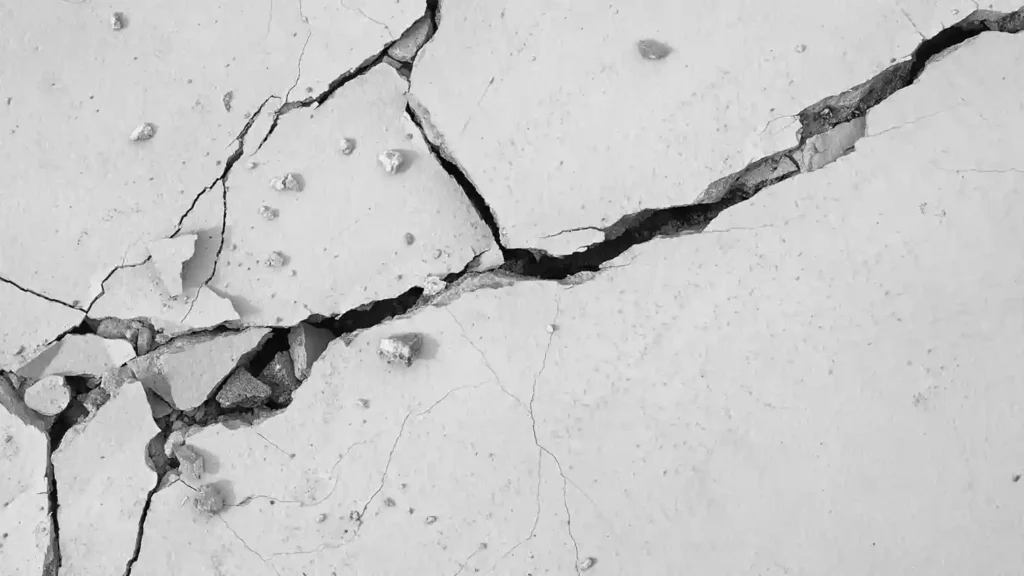
Concrete is one of the most widely used building materials globally, trusted for its strength, durability, and versatility. However, its biggest weakness lies in its tendency to crack under stress or environmental conditions, leading to weakened structures and costly repairs. Enter self-healing concrete—a revolutionary innovation in the construction industry that promises to address this problem and transform the way we build and maintain structures with the expertise of a flooring contractor las vegas.
What Is Self-Healing Concrete?
How Does Self-Healing Concrete Work?
1. Bacteria-Based Self-Healing Concrete
- Small Capsules with Bacteria are mixed into the concrete during production. These are typically dormant bacterial spores.
- Cracks Form and Water Seeps in: When cracks appear and water enters, it activates the bacteria.
- Calcium Carbonate Formation: The bacteria consume a nutrient (often calcium lactate, also embedded in the concrete). This process produces calcium carbonate, the same compound found in natural limestone, effectively filling the cracks.
2. Microcapsule-Based Self-Healing Concrete
- Capsules Break Under Stress: When cracks occur, the capsules break open, releasing the healing agent.
- Healing Agent Hardens: The healing agent reacts with external elements, like air or moisture, to form a solid substance, sealing the crack.
3. Chemical Additives
4. Flexible Fibers and Polymers
Benefits of Self-Healing Concrete
1. Lower Maintenance Costs
2. Extended Structural Longevity
3. Improved Safety
4. Environmental Sustainability
5. Reduced Downtime
Potential Applications of Self-Healing Concrete
- Bridges and Highways: Heavy loads and constant use often lead to cracks that make repairs costly and disruptive. Self-healing concrete ensures safer roadways with less intervention.
- High-Rise Buildings: Tall structures experience intense stress, especially during seismic activity. Self-healing concrete improves their long-term resilience.
- Tunnels and Marine Structures: Water exposure is a major challenge for underwater structures and tunnels. Self-healing concrete protects these structures from water-related damage.
- Residential and Commercial Construction: This technology also has potential for everyday infrastructures like homes and offices, offering safer and longer-lasting buildings.
Challenges and Future Outlook
- Cost: Currently, self-healing concrete is more expensive than standard concrete, making widespread adoption difficult. However, as technology advances and production scales up, costs are expected to decrease.
- Efficiency and Limitations: While it can repair small cracks, larger fissures or significant damage still require manual repairs.
Why Self-Healing Concrete Matters to You as a Customer
Whether you’re a homeowner maintaining your driveway or a business managing significant infrastructure, the benefits of self-healing concrete are undeniable. While it might seem like an investment initially, the cost savings, durability, and peace of mind it offers over time make it a solution worth considering for anyone looking to build or maintain structures built to last.
Final Thoughts
Self-healing concrete represents a leap forward in construction technology. By addressing its greatest vulnerability—cracking—it eliminates one of the biggest pain points associated with concrete structures. Not only does it save time and money, but it also supports sustainable practices, showing us how modern engineering can harmonize with nature’s principles.
If you’re considering a building project or simply want to learn more about incorporating self-healing concrete into your next venture, reach out to Concrete Construction las vegas experts for guidance. The combination of innovation and durability could be the foundation for your next success.”
Frequently Asked Questions
Self-healing concrete is an innovative material designed to automatically repair cracks and damage using embedded bacteria, polymers, or other healing agents.
When cracks form, moisture activates bacteria or capsules within the concrete, producing limestone or other materials that fill and seal the cracks, restoring strength.
It extends the lifespan of structures, reduces maintenance costs, improves durability, and minimizes the need for frequent repairs.
It’s ideal for infrastructure like bridges, tunnels, roads, and buildings, especially in areas prone to cracking or harsh environmental conditions.
